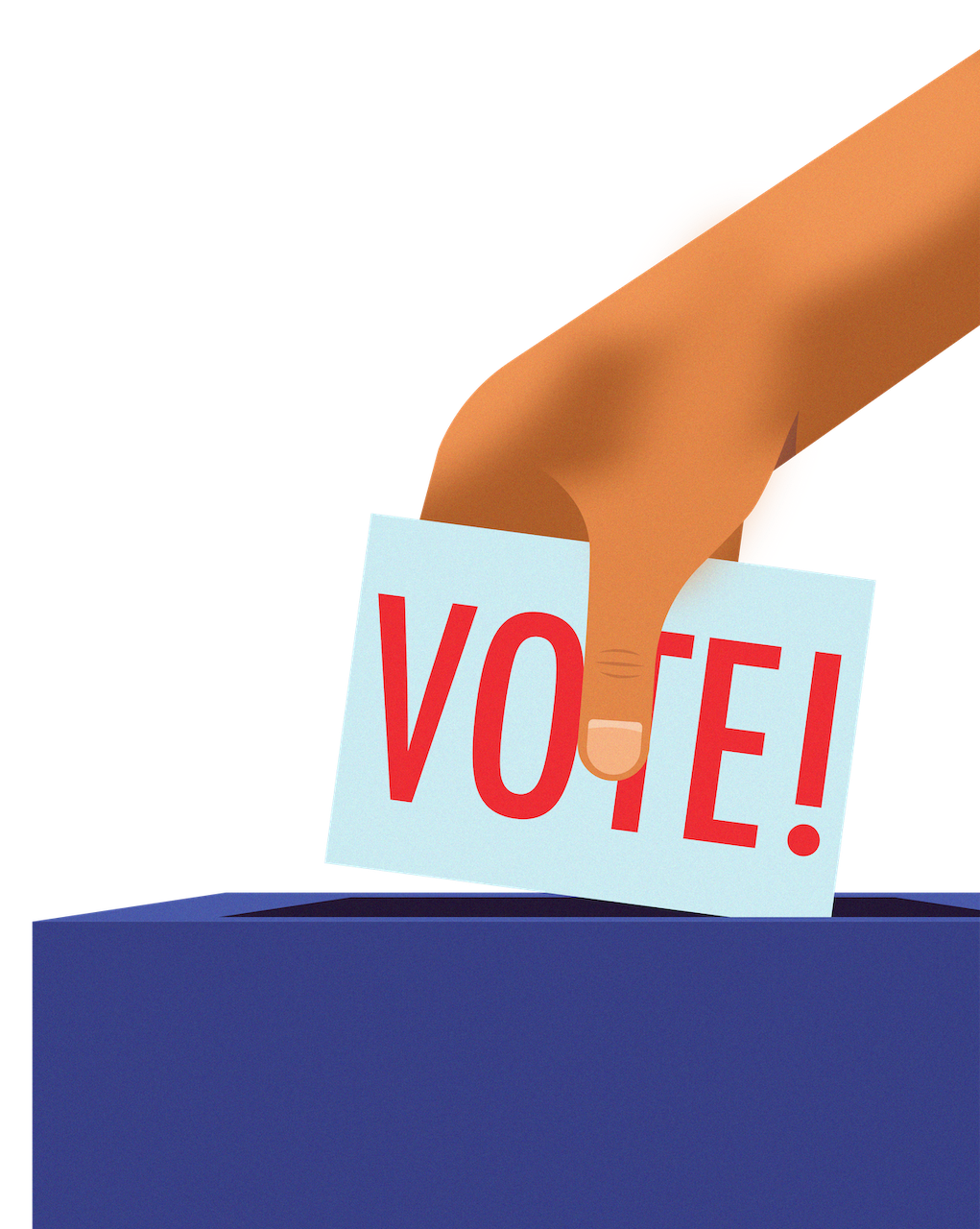False advertising
At 9:25 p.m. last Tuesday night, I lost my cool.
It had been a long time coming, I think, because as I launched into the violent and extremely loud tirade, I found myself citing sources for my anger over a year old. And what are those sources? Commercials: really bad commercials.
Not bad in terms of direction, cinematography or anything like that, but in how they convey their often narrow and na퀌�ve opinions based on medical and moral dogma. Opinions sometimes expressed with at least some negligence.
So who are the damnable culprits responsible for this? The Partnership for a Drug-Free America and the White House’s Office of National Drug Control Policy, that’s who.
If you haven’t seen the commercials I’m about to spout off about, or don’t know anything about the organizations responsible, let’s recap:
The PDFA, according to their website www.drugfreeamerica.org, is a co-operative of communications industry professionals that “exists to help kids and teens reject substance abuse by influencing attitudes through persuasive information.” Sounds like a reasonable goal.
Closely linked to the PDFA is the Office of National Drug Control Policy. The ONDCP was created in 1988, but has roots in the big-government explosion of the early twentieth century. The Harrison Narcotics Act of 1914 was the seedbed for what became the nation’s first drug czar some 20 years later. That man was Harry J. Anslinger.
After prohibition was ended in 1933, the energy that had been put into the futile enforcement of it was redirected to the “problem” of marijuana. The Narcotics Bureau, under the leadership of Anslinger, was responsible for the spread of stereotypes depicting African-Americans becoming beasts after using marijuana, among many others.
If any of this comes as a surprise, it shouldn’t. The issue is dealt with by such organizations as the National Organization for the Reform of Marijuana Laws (norml.org); websites like the Oppressive Network Drug Content Propaganda (ondcp.com); and even in the documentary “Grass,” which was narrated by pothead extraordinaire Woody Harrelson.
The sad part is that the tactics employed then (namely shameless propaganda), are flourishing today under the current czar, John P. Walters. Walters is the man we can thank for reviving the “climate of fear” tactic with his award winning ads linking drug trafficking to terrorism (a proposition that received some laughs from both sides of the aisle). They are some of the sources for the anger that prompted me to write this column.
But what really set me off is the latest round of commercials from the National Youth Anti-Drug Media Campaign (headed by the ONDCP and in cooperation with the PDFA).
Continuing the revival that began last year with such ads as “Den” (a PDFA ad in which two stoned, white teenagers happen to find a loaded and cocked handgun just sitting out in the open of the house they’re in; you can imagine where it leads) the Anti-Drug campaign is running a new ad campaign, one depicting a toddler about to get into a pool unsupervised while a scolding voice tells us to “just tell her parents you weren’t watching her because you were getting stoned.”
Of the new commercials, this is by far the worst in terms of capitalizing on people’s fear. And while I’m making concessions, the majority of commercials that come from the organizations I’m writing about are very useful towards their end – curbing drug use before it happens. I don’t know about you, but when I see Chuck D talking about how drugs are bad, I’m inclined to listen.
And the commercials directed at parents (though the toddler spot and other fear inducing ads have different effects on different age groups) are great too. It seems more useful to prod parents into being parents than to plant ungrounded and unrealistic images into their heads.
I just wish the government felt the same way. Unfortunately, it’s been decided that images like the ad “Drive-Thru”, a PDFA dramatization of three African-American teens plowing a Camry over a child on bike, are the messages best suited to the prevention of drug use.
The great ads of the past like “This is your brain on drugs” have given way to the new ads telling us to be afraid. And they do it in a way that begs criticism. Although I won’t inundate you with the arguments about alcohol versus marijuana, let it suffice to say that the toddler and “Drive-Thru” spots could easily be about the danger of cell-phones or complicated car or home-stereo controls instead of pot.



